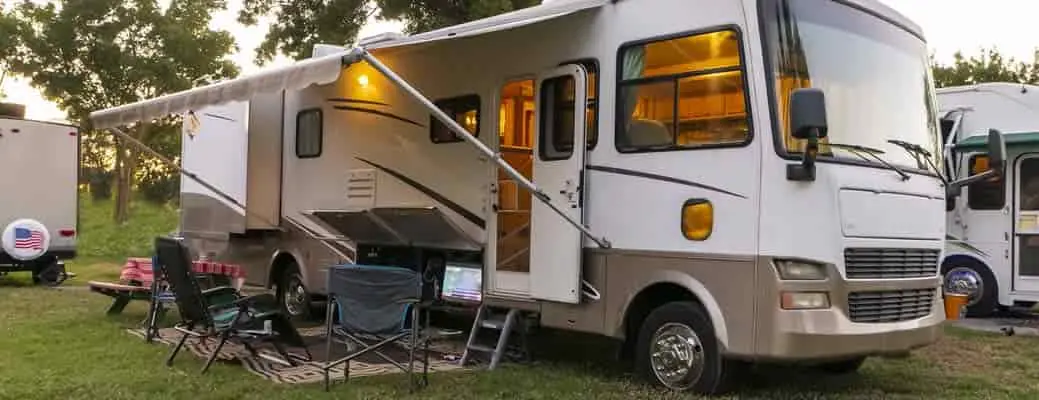12 Safe Driving Tips for New RV Owners


You bought an RV and you’re ready for the adventures that await. Before you hit the road, there are some safety considerations that you should have a handle on. An RV is big and bulky and the idea of operating one on the road can be intimidating.
The best way to be safe on the road is to be prepared and knowledgeable. Below are some tips for new RV owners that may make you feel more comfortable behind the wheel.
When driving an RV, you need to be aware of the size, which dictates where you can and cannot go. You’ll need to be mindful of low clearance warnings and weight limitations.
The best way to stay safe is to catch any maintenance needs before you hit the road. Get in the habit of inspecting key parts of your RV in advance of your trip.
Just like cars, your mirrors are critical for visibility on the road. If you’re driving in shifts, make sure each driver adjusts the mirrors to fit their needs and avoid blind spots.
Always be aware of the weather and what’s coming when you’re on the road in an RV. Dangerous road conditions can come on quickly and things like rain, ice and fog can be a serious concern, especially in an RV.
Driving an RV requires planning ahead so that you have a place for your RV to make stops and fuel up. Before your trip make sure you have mapped out truck stops, RV parks and gas stations along your route.
Once you’ve started your trip there are some tips that will make you feel more confident on the road, especially for a first time RV trip.
Drivers must stay in the right lane when driving an RV except when passing, preparing to make a turn, or going on or off the highway, according to USA Today.
When driving an RV, it’s critical to avoid going over the speed limit. High speeds can contribute to tipping over, colliding with other drivers and other unsafe scenarios.
No different than driving your car, defensive driving can keep you safe in an RV. Maintaining a safe distance between the cars around you allows more time for short stops, which are more difficult to manage in a large vehicle.
Because RVs are larger and top heavy, you’ll need to make wide turns and avoid any sharp movements. This will help avoid tipping over, especially in windy conditions.
The area from your RV’s rear axle to the back end is known as the tail swing. This area is often in a blind spot and can be difficult to steer in tight spaces such as gas stations. Know the measurements of your tail swing and have a spotter assist you when possible.
In case of an emergency, runaway ramps allow vehicles that are moving too fast or experiencing brake issues to come to a stop safely. These ramps are typically filled with sand or gravel and connected to a downhill section of the main road.
Parking your rig can be one of the most intimidating tasks on a road trip. You’ll want someone outside of the RV to help guide you and avoid damage. Take it slow and consider using walkie talkies to communicate with your spotter.
Be more confident on the road knowing you’re better protected with the proper insurance in place. A Farm Bureau agent can walk you through what exactly you need to protect you and your family as you hit the road and seek out new adventures!